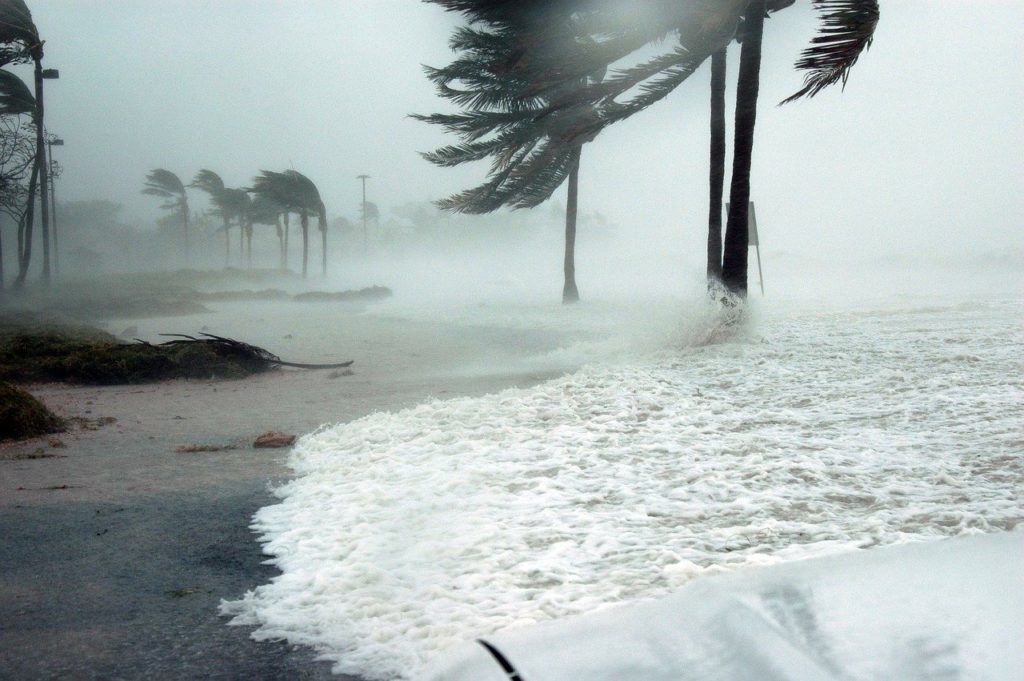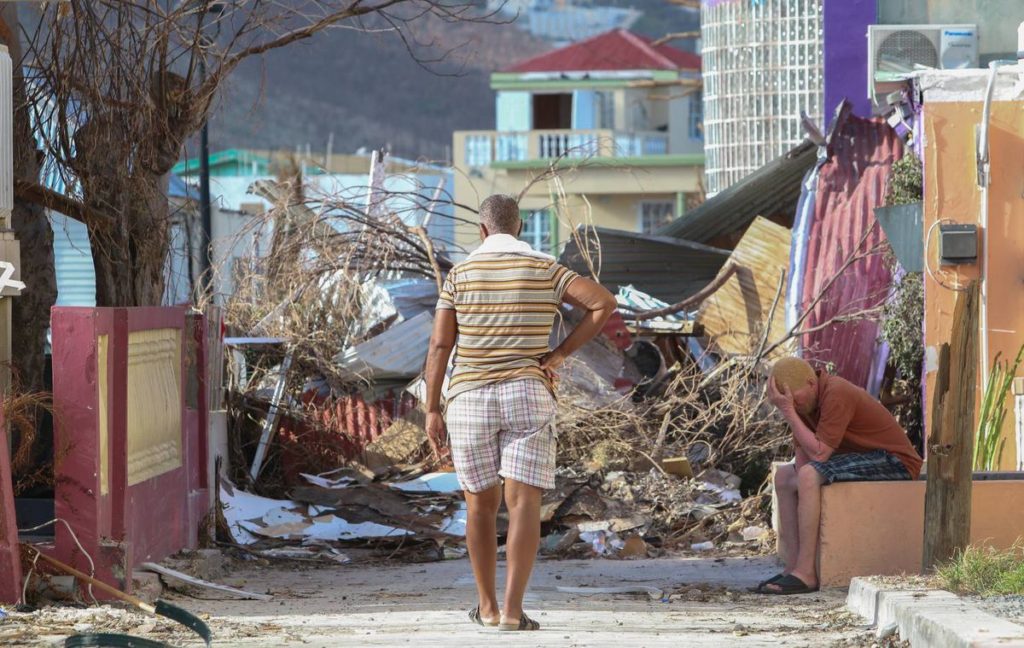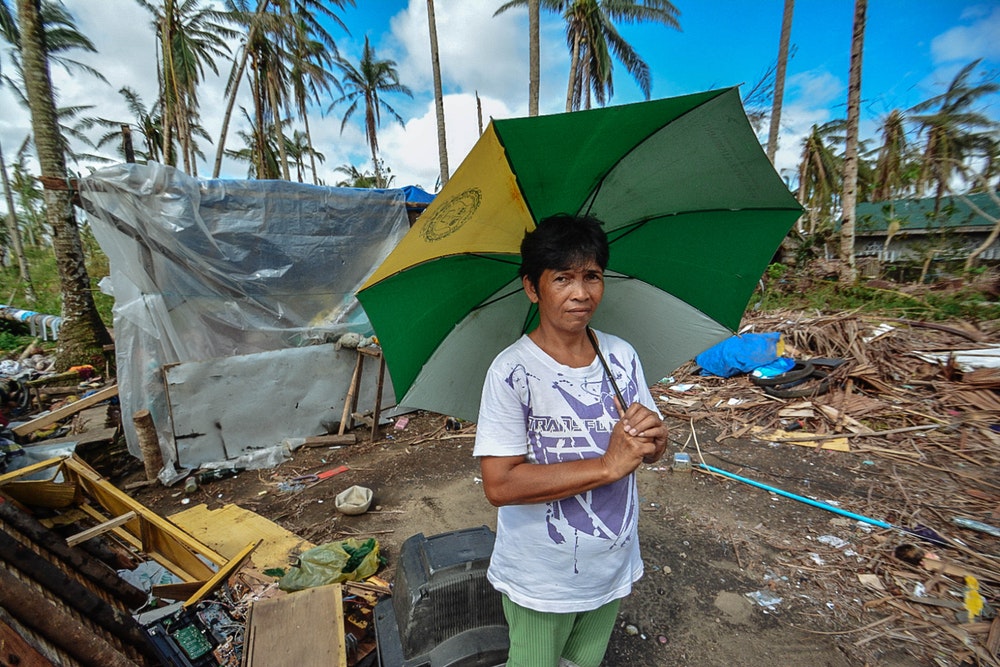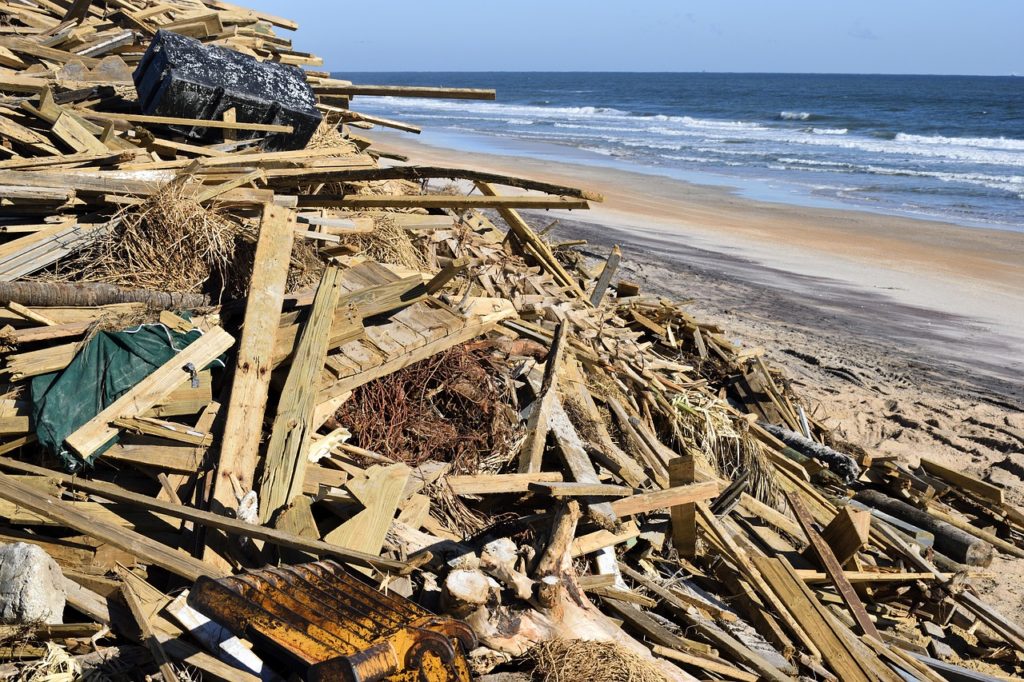
The Caribbean region is no stranger to natural disasters. Indeed, the native Taino believed such things were the work of the wicked God of Chaos ‘Juracán’. For hurricanes, they saw these weather phenomenon as the domain of the Goddess Guabancex. These tribal people would pray for good fortune from these engines of destruction.
Well into the colonial era, hurricanes and storms continued to wreak havoc on the region with them sometimes flattening entire colonies until a new European power filled the vacuum. However, these widespread effects were largely due to the technological limitations of the time. Modern meteorology didn’t kick off until well into the 20th century. By then, we could be warned of approaching cyclones in advance.

Yet, where historically the destruction occurred from a lack of early warning, nowadays such blessings are fast being nullified by what seems like the increased frequency and power of tropical cyclones. In fact, some weather experts predicted a tamer 2019 Hurricane Season due to an El Nino effect. Yet, it was not uncommon to see up to 6 or so active weather systems at the same time in the Atlantic during its peak in September. While not always at risk, every Caribbean nation should seize the initiative and be prepared.
Simple Steps Make A Big Difference
As burgeoning economies and young democracies, one of the more virulent problems in the Caribbean region is corruption stemming from careless or lackadaisical attitudes towards what many take for granted. One of these is corruption surrounding the proper enforcement of building codes.
Whether through mere neglect or via more insidious and underhanded exchanges, there are many cases where projects are built where they simply shouldn’t be or erected with scant regard to proper building and safety codes. During everyday operations this won’t be readily apparent but in dire circumstances such as a disaster they can come down on occupants and the economy as a whole like a tonne of bricks; quite literally in fact.
A case study from Research Gate on the impact of corruption in developing nations such as Bangladesh on coping with natural disasters like cyclones revealed that millions or even billions in damages could easily be prevented via a more judicious application of these simple regulations. Whether it be ensuring proper drainage in and around a premises to the structure, location and spacing of buildings itself, a more properly planned development both reduces damage and allows a more speedy recovery.

JOSE JIMENEZ/GETTY IMAGES
Invest In The Future
Let’s not mince words. Every territory in the Caribbean is at risk of being devastated if hit by a particularly powerful hurricane. Whether the chance of this happening is high or low is irrelevant. Some nations, such as Trinidad and Tobago, are far more likely to dodge most hurricanes due to a geographically favourable position. However, as the impact of climate change becomes more apparent and weather systems become more unpredictable, the chances of a storm or even hurricane forming seemingly overnight aimed right at your homeland increases.
For example, where many Caribbean nations suffer almost yearly from hurricanes, Trinidad and Tobago found itself surprised by brushes from storms Bret and Karen in 2017 and 2019 respectively. Both of these events caused millions in damages from flooding. These losses could have been avoided or at least mitigated if each island, or even regionally, a comprehensive ‘Disaster Relief Fund’ existed. A CARICOM-based partnership could easily see a thorough disaster relief agency exist regionally wherein member states could assist the early warning, preparation and recovery of each other. Indeed, if pulled off properly it could allow us to bypass having to seek loans from entities such as the World Bank when recovery finances are required.

Additionally, such a fund could also assist in an initiative to ensure well-constructed, situated and equipped storm shelters are publicly available in strategic areas of high risk. While these endeavours may all come off as being initially costly, they would in essence pay for themselves in time due to the millions and even billions that could be saved regionally when a disaster inevitably strikes.
Safeguarding Against Economic Shocks
In our previous pieces we’ve frequently spoken about the importance of economic diversification as a means of mitigating and addressing various challenges. They range from dealing with global economic shocks to changing trends, foreign exchanges shortages and otherwise. However they can also be used as a means of holding fast against the impact of natural disasters. For example, consider a nation primarily reliant solely on agriculture and eco-tourism for its revenue. What would happen to its chances for economic recovery if a particularly powerful hurricane all but wipes out its economic potential in these areas for years to come?
While this is less likely to affect the more industrialized nations in the Caribbean it is still worth considering. Regional economies should consider branching off into more renewable forms of energy, financial services as a core element of their economy, attracting IT and tech related industry as well as economic activity and pooling sufficient allocations of their budget to disaster recovery.

According to findings by Hsiang and Jina (2014) from the National Bureau of Economic Research a powerful cyclone can potentially set a nation’s economy back by a decade more than a civil war or banking crisis. Therefore, one must realistically understand that there is no way to permanently make a nation disaster proof. Rather its ability to weather one can be tempered instead. Yet, a prepared nation can spare itself years of suffering if the right decisions are made.